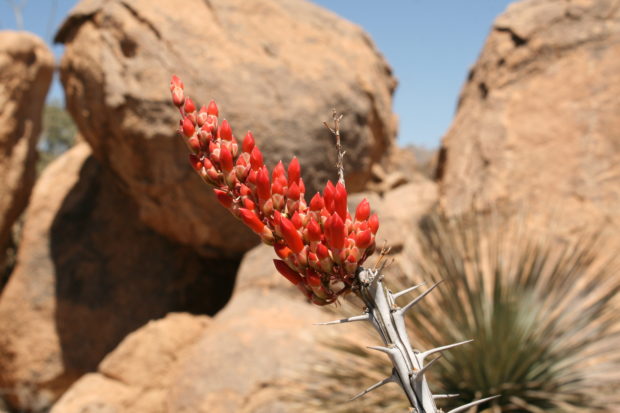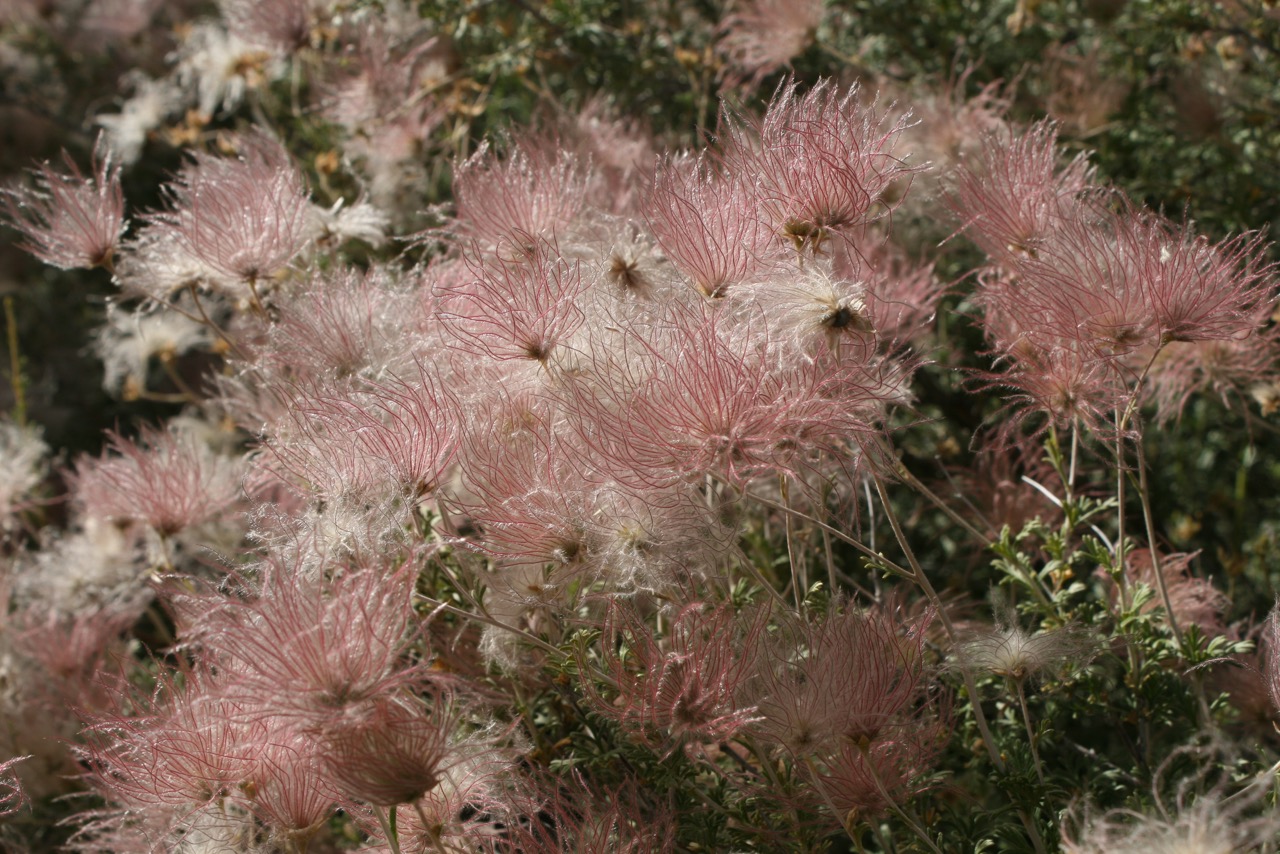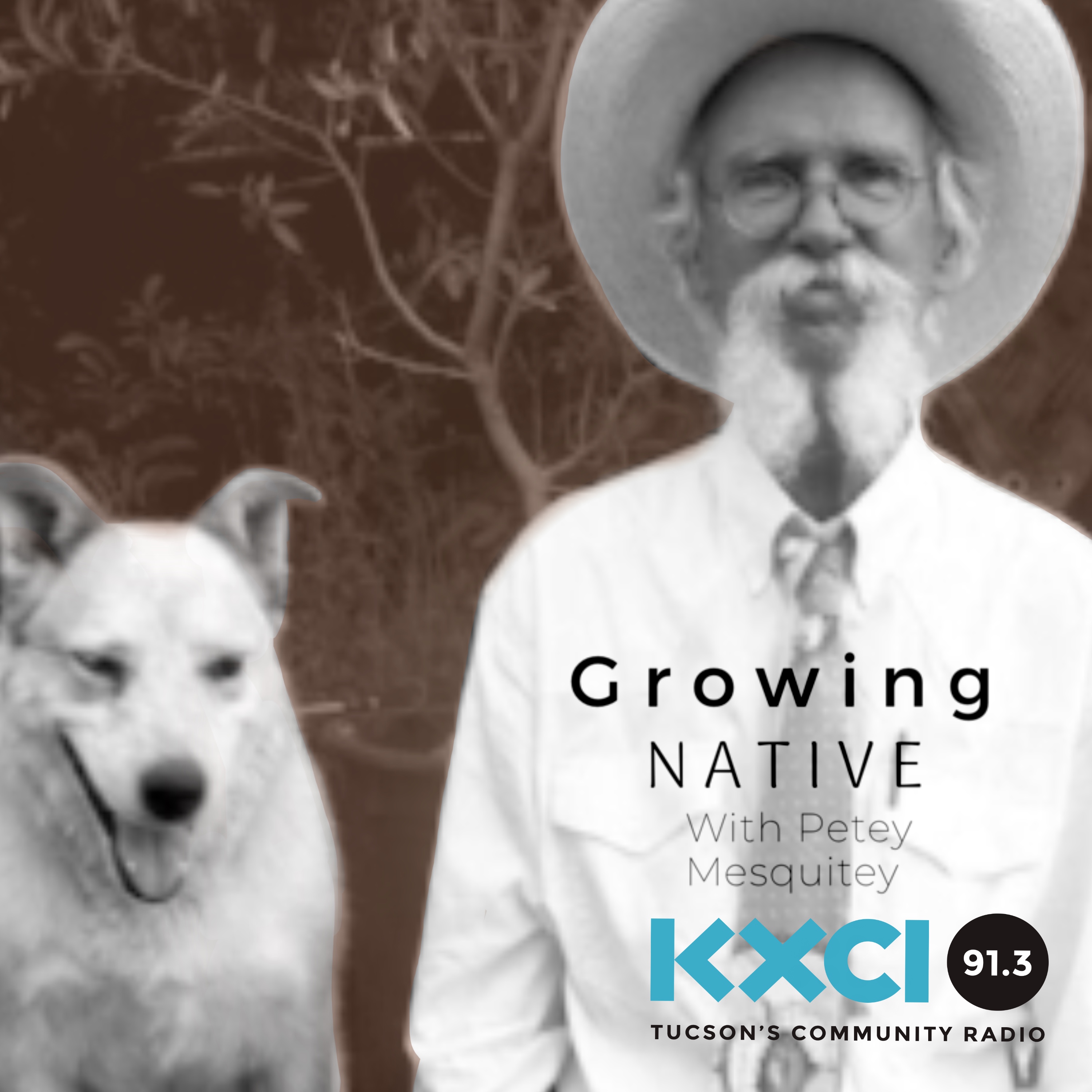Chuparosa is one my of favorite plants from back when we used to live outside of Tucson. I bet we had 5 or 6 of them planted at our little homestead northwest of town. They’re very branchy and the stems are green and one that I had planted grew up into a blue palo verde making it look like the palo verde had red flowers all summer. Cool!
It was wonderful too, that the first nursery I worked in grew Justicia californica, so I got to know it pretty well in nursery buckets and how to grow it, but that was also around the time that I decided that I wanted to learn the native plants out in habitat. Let the stories begin.
I can’t plant chuparosa at our elevation near the banks of the Ol’ Guajolote, but I sure can plant some ocotillo and so can you even if you live in low desert. You can still buy ocotillos (Fouqueria splendens) that have been harvested…too nice a word for what is done… from the desert. Don’t do that. They are a few nurseries in southern Arizona that offer seed grown ocotillo in several sizes and you can buy one with a root ball. Do that.
The book I mention is Hummingbird Plants of the Southwest, by Marcy Scott. The descriptions of hummingbirds and also of plants are so good that I can’t decide where to keep it on my book shelf; in the avian section in the flora section? What a dilemma! I may need to buy two copies. You should probably buy at least one.

The photos of the ocotillo flowers are mine. All my photos of chuparosa are 35 mm slides, so below is a neat link to a photo or two.
http://swbiodiversity.org/seinet/taxa/index.php?taxon=Justicia+californica&formsubmit=Search+Terms

I do love wandering around little towns and Willcox is fun. And by the way, it was my friend and Willcox resident Steve Marlatt...

I suppose the thinking is that any wild flowers blooming along the side of the road will beautify that road and who cares what...

The botanical name of our 3 needle per fascicle (bundle) Chihuahuan pine is Pinus leiophylla var. chihuahuana. Further south into Mexico where the 5...